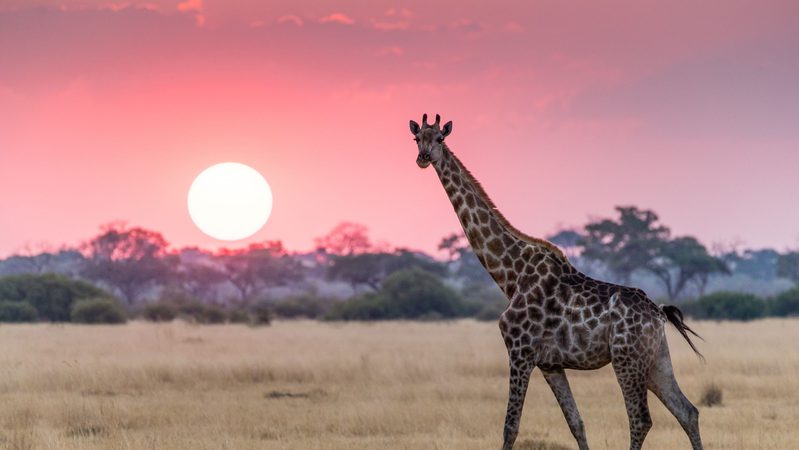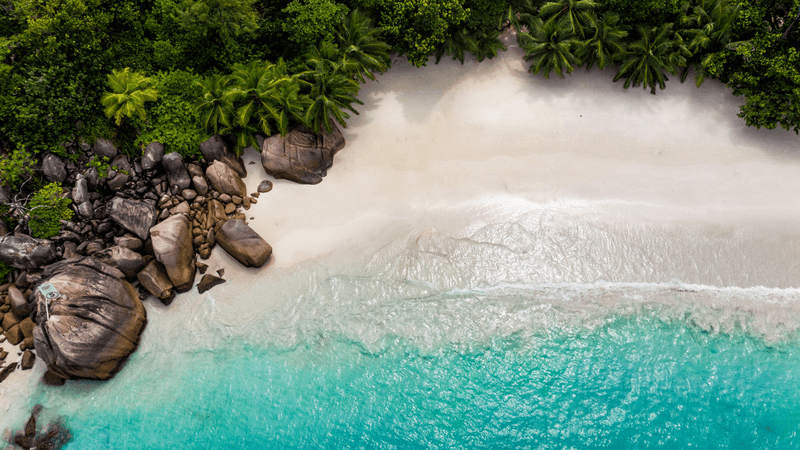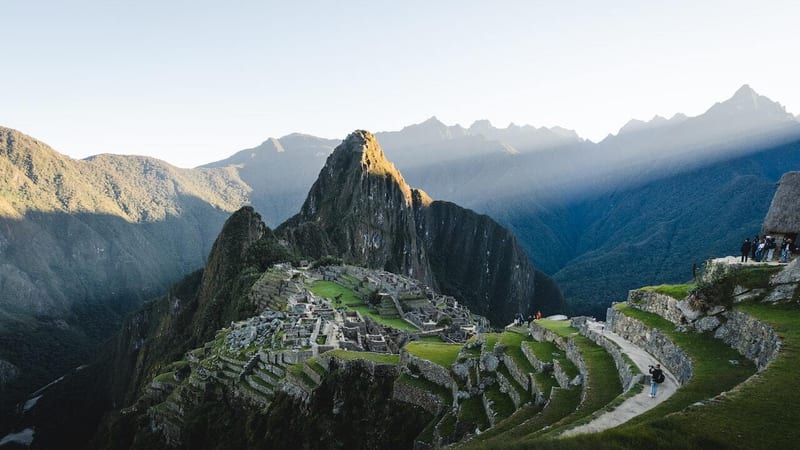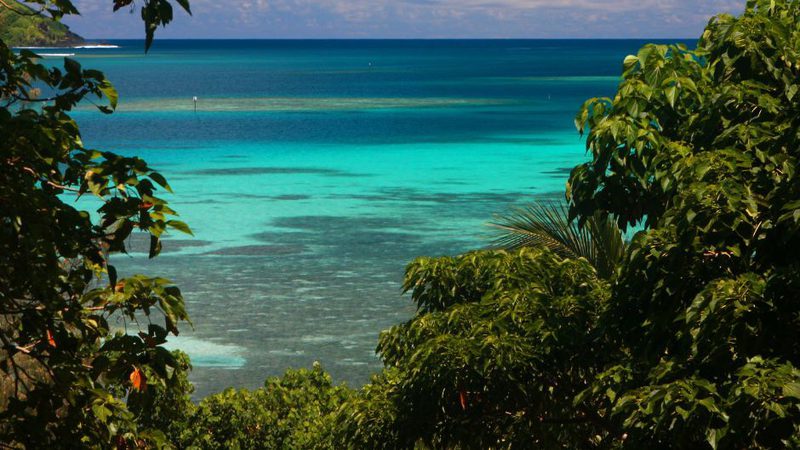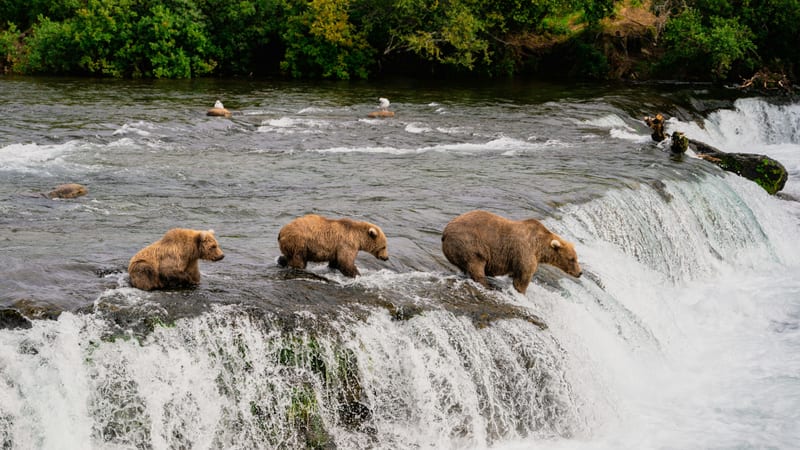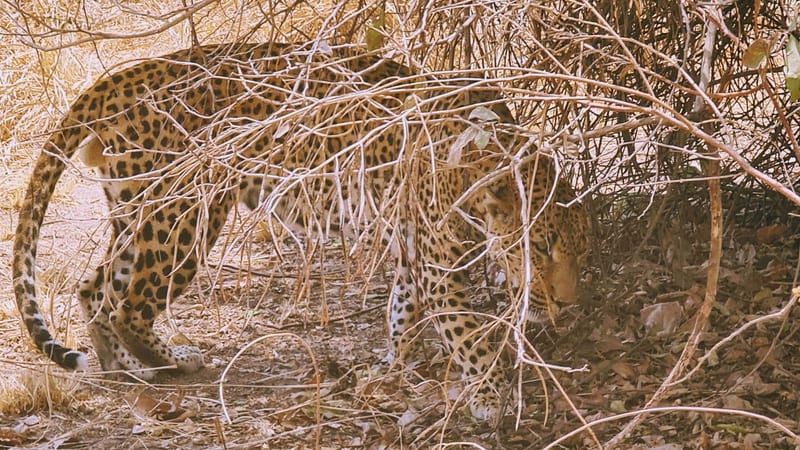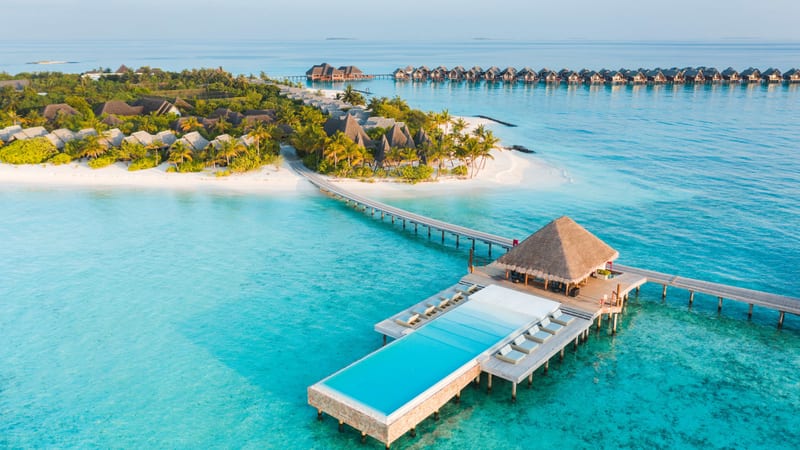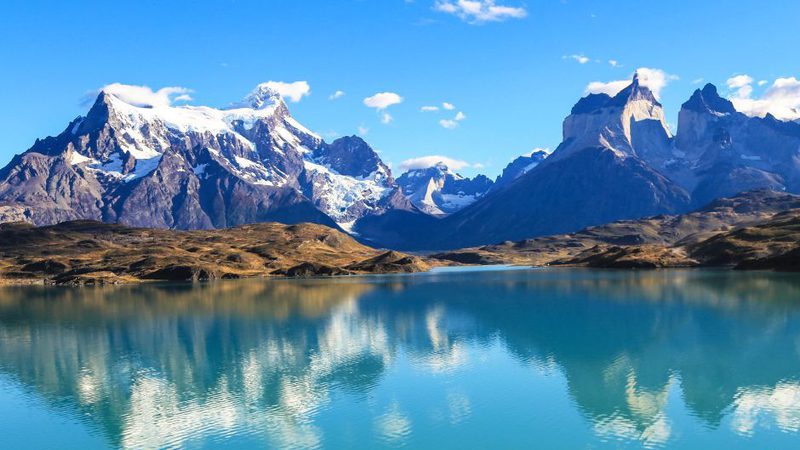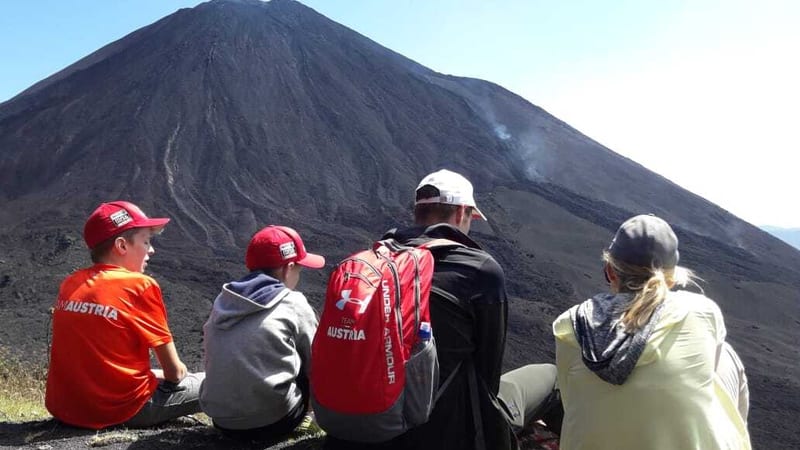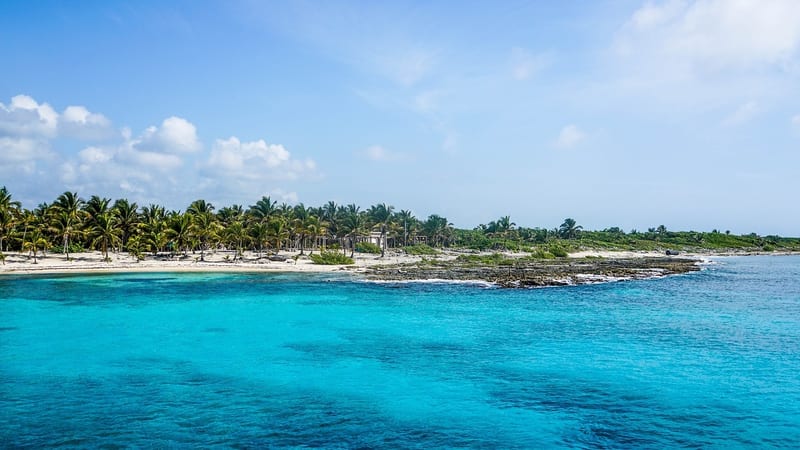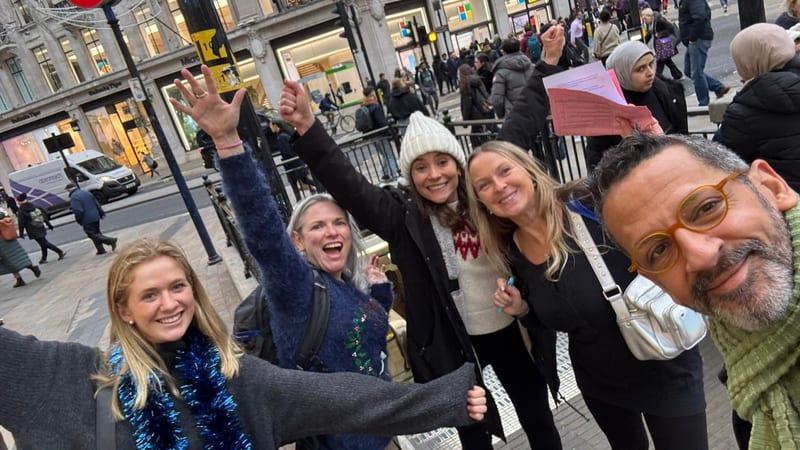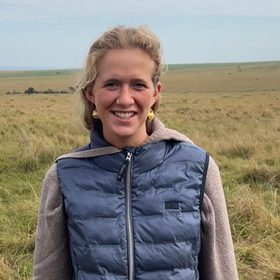Month by month guide of when to go to Tanzania
Tanzania is a viable safari destination for much of the year, with the calendar punctuated by two distinct rainy seasons, the long rains in April and May, followed by a shorter and less intense rainy season in November. The long rains render large parts of the country inaccessible and the bulk of camps, lodges and hotels close down owing the to the lack of access and complete absence of demand. That said, a handful do remain open so it is an opportunity for hardier travellers to grab a bargain and the game viewing can still be rewarding. November doesn’t see nearly as much rain and camps remain open for the most part so as long as you don’t mind some rain it is a decent time to visit.
Outside of these rainy seasons Tanzania is a perennially popular destination, with visitors flocking from all over the world to enjoy its abundant wildlife and breathtaking landscapes. Naturally many visitors come to see, at least as a part of their trip, the Great Migration which sees 2 million wildebeest, zebra, gazelle and eland migrate through the Serengeti ecosystem in search of water and fresh grasses. Accordingly, there are certain areas of the Serengeti to visit depending on when you are travelling which we cover in more detail in our review of the Great Migration.
Each month in Tanzania brings its own rewards and challenges, but broadly speaking the most popular time to travel is between July and August when the herds of the migration are found in the northern Serengeti and there is a chance to see the herds attempting a fabled river crossing. June and December offer great value and the landscapes are wonderfully green after the rains so are a great time for photographers to visit. January to March is the warmest time of year to be there and there is the risk of some rain, but aside from the southern Serengeti where the herds of the migration are found (and the perennially popular Ngorongoro Crater) parks are relatively uncrowded and it is a great value time to be there.
Whenever you want to go to Tanzania and whatever you wish to experience, our team will be able to plan the perfect journey for you. There are some considerations to make as to when to visit certain areas, especially in the south where the conditions dictate the experience, along with the Serengeti and where the herds of the migration are. That said, it is a genuine year-round destination and one that captivates visitors like few others in Africa. A hugely popular spot and rightly so – we cannot wait to send you there!
Tanzania Trip Ideas
Speak to a Tanzania expert today
and start planning your tailor-made holiday

Alistair

Ottilie
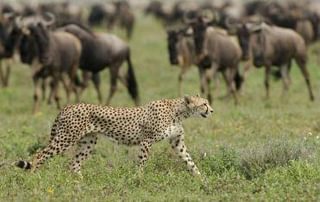
January
The new year brings new life to the plains of the Serengeti as the herds of the migration are starting to give birth to their young on the short grass plains of the southern Serengeti. Naturally this attracts plenty of predators so there are some incredible sightings of nature at its rawest to enjoy. Birding is very good as a result of the surface water left from the November rains, especially in the Selous and Ruaha in the south of the country. Generally this is a very rewarding time to travel and it does tend to be less crowded in most parks, although the Ngorongoro Crater tends to be very busy.
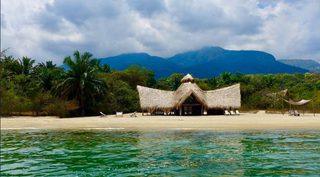
February
February is very similar to January with the herds of the migration relatively static on the short grass plains in the south of the Serengeti. Photographers love February for the lack of crowds and dramatic landscapes, especially in the west of the country and the stunning Mahale Mountains in particular. It is one of the easiest times to find space in the camps in Mahale and is a great time of year for chimpanzee trekking which is the headline activity in the region whilst the clear conditions offer stunning views across the shimmering waters of the lake.

March
Rainclouds start to build across the country as the rains are imminent and there is a feeling in many places of winding down, but it is still a great time to travel, with reduced rates still in place in Mahale. The herds of the migration are starting to stir and picking their way up towards the Western Corridor of the Serengeti where they will be grazing for the next couple of months. As many camps start to quieten down the Ngorongoro Crater does tend to be reasonably quiet at this time, so if you like to escape the crowds and don’t mind the hot weather and the chance of rain it is a good time to be there.
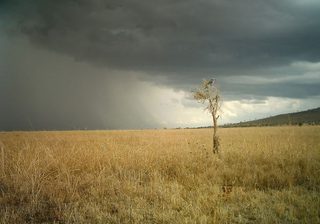
April and May
The rains arrive in earnest and much of the country shuts down, with just a handful of camps in more accessible areas remaining open. Photographers can find this time rewarding, as do more experienced safari goers who want to avoid crowds and don’t mind the fact a lot of time is spent extracting vehicles from thick mud. Definitely not a time for first timers, but we can still put together some amazing trips for those who know the safari ropes and don’t mind getting muddy and stuck in to the less glamorous side of safaris!
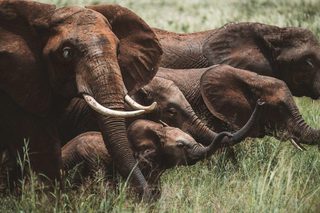
June
After the rains have broken there is a feeling of rebirth across Tanzania as the landscapes become wonderfully lush and green, birds chirp in the treetops again and camps ready for the peak season influx of visitors. Large herds of elephant start to arrive in the beautiful Tarangire National Park, dry conditions mean chimps congregate in larger groups in Mahale, albeit further up the mountains so prepare for longer treks. The herds of the migration start to move through the Seronera and Grumeti regions of the Serengeti as they make their journey north.
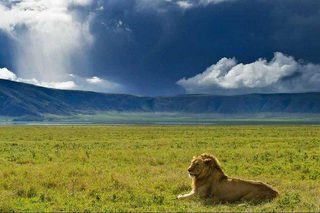
July
The parks in the southern and western parts of the country, notably Katavi, Selous and Ruaha start to open for the season and although grasses can still be high the game viewing is excellent and the landscapes have to be seen to be believed. The first herds of the migration are arriving in the northern Serengeti and although it is a little early for the river crossings they are still a spectacular sight. Predator sightings in the Ngorongoro Crater are outstanding, although it does start to get very busy there.
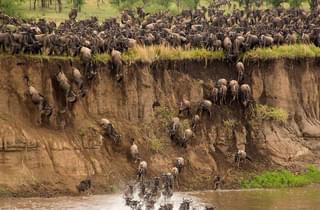
August
The action is really starting to hot up in the northern Serengeti, with herds starting to cross over the Mara River in to Kenya which brings the excitement of the river crossings. Other parks in the north such as Tarangire and Lake Manyara offer amazing game viewing and the Ngorongoro Crater continues to impress. Receding grass levels make both Selous and Ruaha great places to be, especially if elephant and predators are your thing. All told, there isn’t a bad part of Tanzania to visit in August, but the whole world knows this so it does get busy.
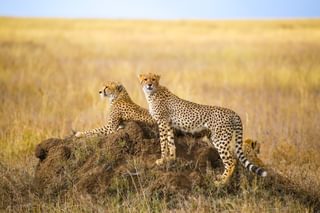
September
Peak season continues to offer its thrilling spectacle across the country, with river crossings in full swing in the northern Serengeti and predators roaming the plains seemingly everywhere you look. Generally September is the peak of the dry season so it is a superb time to spend a night fly camping out in the bush – Katavi offers some amazing camping experiences, as does the Selous. The dry conditions also make sundowner dhow cruises on Lake Tanganyika from the lodges in Mahale a wonderful way to round off a day.
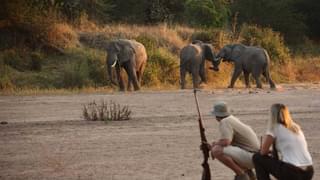
October
The herds of the migration start to make their final crossings of the Mara River as they commence their long journey south towards the Ndutu region of the Serengeti. Days are noticeably warmer as the November rains start to threaten, but game viewing is still excellent across the whole country. It is the last time for a few months that the larger elephant herds are seen in Tarangire, as well as in Ruaha to the south. All told, October is an excellent time if year to be here with a huge range of rewarding experiences to be enjoyed.
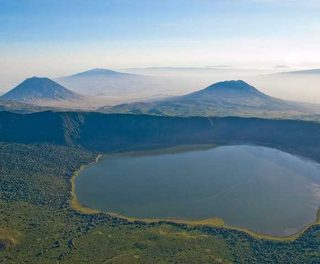
November
The short rainy season arrives in November but most camps remain open and the rains are very soothing for many visitors, with rain falling in short bursts rather than the prolonged downpours of April and May. The Ngorongoro Crater does tend to be a little quieter so it is a good time to take advantage of this, as well as the reduced rates in the exceptionally popular and busy camps of the Mahale Mountains. For those keen on the south of Tanzania it is a chance to experience them a little quieter than they are in preceding months with the game viewing remaining excellent.
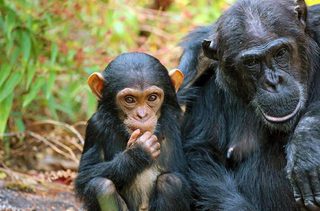
December
As with most places in the world, Christmas is a very busy time and Tanzania is no exception. It does get very hot and cloudy, with some visitors finding the humidity oppressive. Owing to this being Christmas time it is always worth booking well in advance. Most parks offer excellent game viewing although occasional rain does need to be dealt with. Some of the more remote camps in Selous and Ruaha close up for a little while now, but the game viewing is still excellent there, as are the chimpanzee sightings in the beautiful Mahale Mountains.

